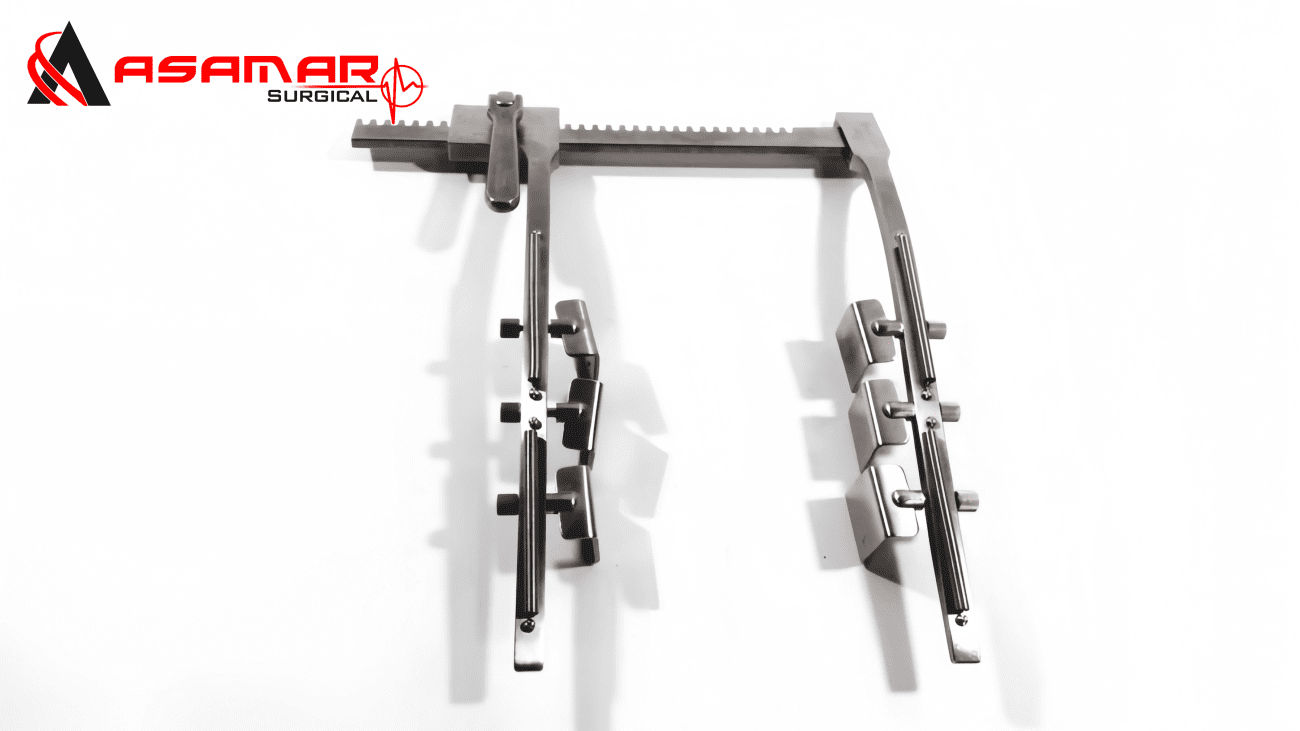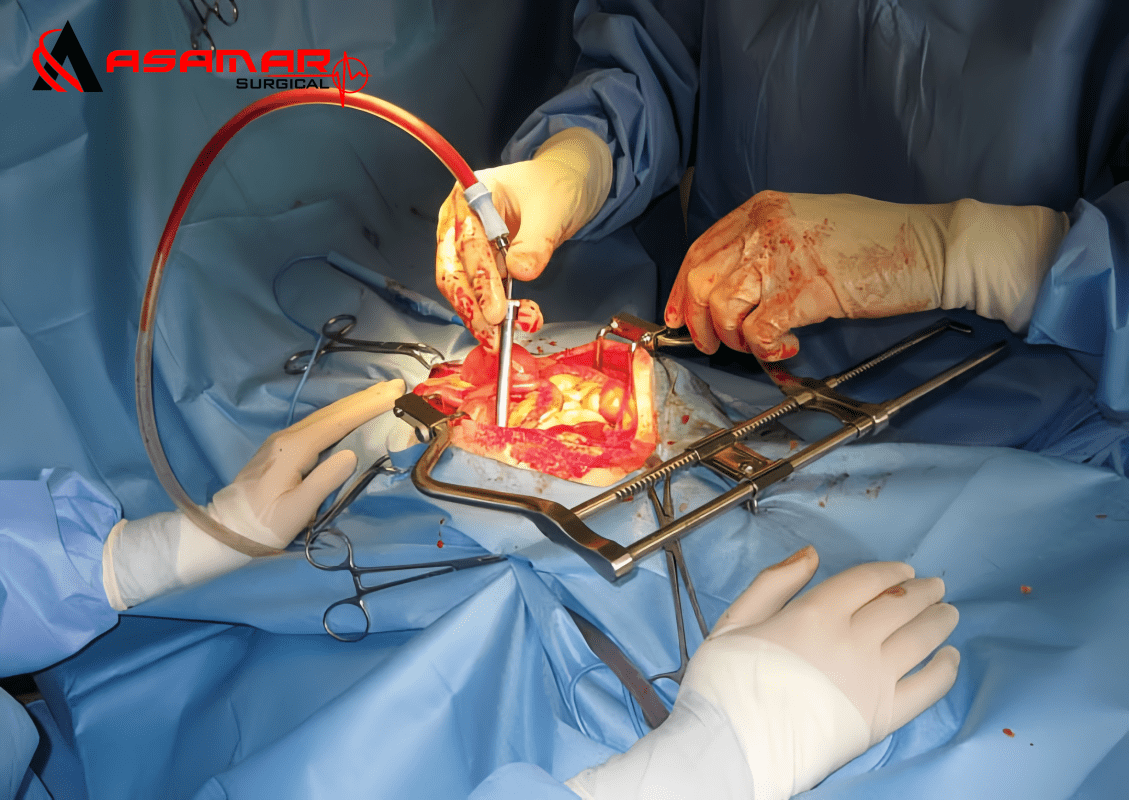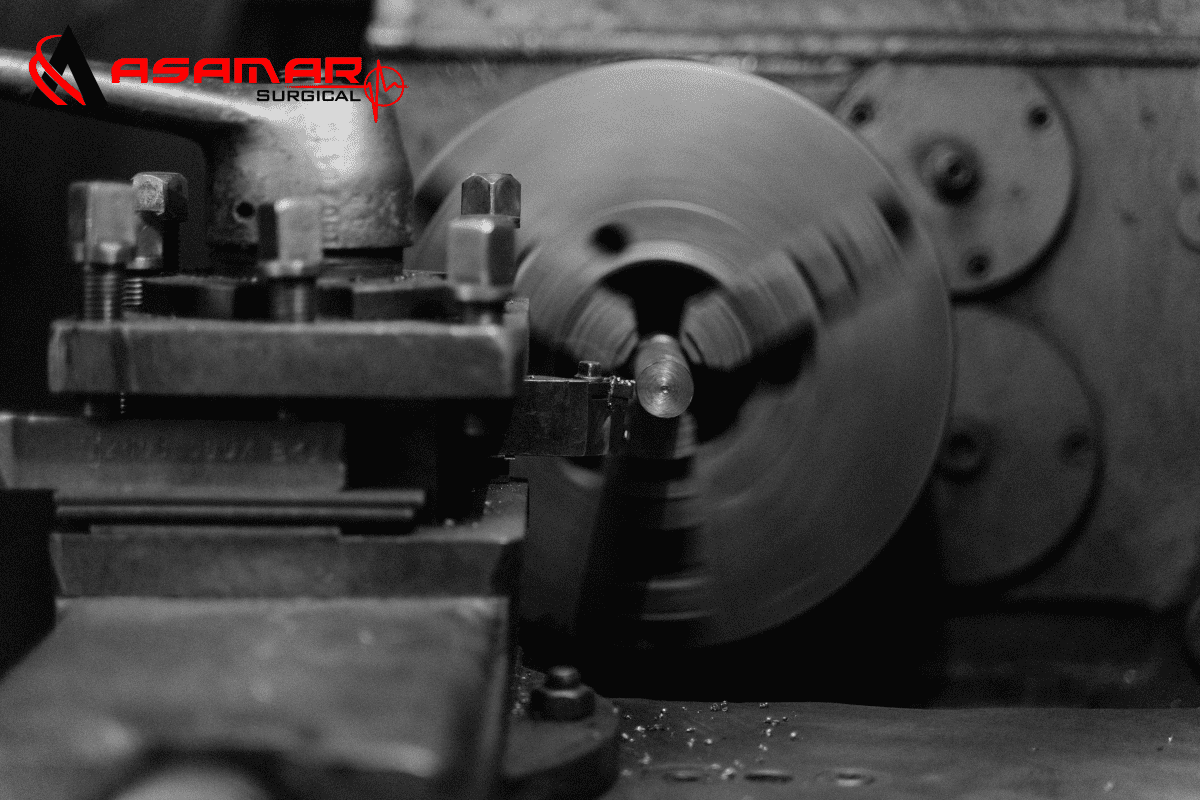Introduction
The surgical retractor has long been an essential tool in operating rooms worldwide, providing surgeons with optimal visibility and access to the surgical site. However, the future of surgical retractors is not just about functionality, it is about precision, ergonomics, safety, and innovation. As technology advances and surgical techniques evolve, retractors are being redesigned with smarter features, premium materials, and improved ergonomics to meet the demands of modern healthcare.
From minimally invasive surgeries to AI-assisted procedures, the next generation of retractors will play a critical role in enhancing both surgical outcomes and patient safety.
The Driving Forces Behind Innovation
Several factors are shaping the future design of surgical retractors:
- Minimally Invasive Surgery Trends
With the global shift toward minimally invasive procedures, retractors are becoming lighter, smaller, and more specialized. Surgeons now require instruments that minimize tissue trauma while maintaining optimal exposure. - Material Advancements
The use of titanium alloys, advanced stainless steel, and biocompatible polymers ensures retractors are lighter yet more durable. These materials also improve sterilization efficiency and reduce wear over time. - Ergonomic Design
Comfort is key, for both the patient and the surgeon. Modern retractors are designed to reduce hand fatigue, improve grip, and provide stable positioning without constant adjustments. - Integration of Technology
Some cutting-edge retractors now feature built-in lighting systems, integrated suction, or smart sensors that provide feedback during surgery.

Latest Innovations in Surgical Retractor Design
1. Self-Retaining Retractors with Precision Control
New designs allow surgeons to lock the retractor in place with adjustable tension, freeing up hands for critical tasks and reducing the need for additional assistants.
2. Hybrid Modular Systems
Retractors with interchangeable blades and handles allow customization for different surgical specialties, improving versatility and cost-efficiency.
3. Illumination-Integrated Retractors
Built-in LED lights help surgeons maintain a clear, shadow-free view of the surgical field, especially in deep or minimally invasive procedures.
4. Smart Digital Feedback
Some experimental designs include real-time pressure sensors that alert surgeons if excessive force is applied, helping to prevent tissue damage.

Impact on Patient Safety and Surgical Efficiency
Innovations in retractor design not only enhance surgical precision but also contribute to:
- Reduced tissue trauma
- Faster recovery times
- Improved visibility for complex procedures
- Lower infection risk due to better sterilization compatibility
Sustainability in Surgical Instruments
As hospitals move towards environmentally conscious practices, the industry is exploring reusable retractors with extended lifespans and eco-friendly manufacturing processes. Stainless steel retractors, for example, can be reprocessed hundreds of times without losing quality, reducing medical waste.

Choosing the Right Retractor for the Future
For distributors, hospitals, and surgeons, selecting a retractor is no longer just about size and function, it’s about innovation, adaptability, and precision engineering. A high-quality surgical retractor should:
- Meet international quality standards
- Be made from premium-grade surgical stainless steel or titanium
- Offer ergonomic handling for prolonged use
- Support a variety of blades and configurations
The Role of Manufacturers in Innovation
Companies like Asamar Surgical Retractor Specialist are continuously exploring advanced designs to meet evolving surgical needs. By collaborating with surgeons and incorporating feedback into R&D, premium manufacturers ensure that every instrument delivers superior performance, reliability, and safety.

Authoritative Resources
For further reading on surgical instrument design trends and innovations:
Conclusion:
A Future Built on Precision and Innovation
The future of surgical retractors is defined by innovation, patient safety, and surgeon comfort. With advancements in design, materials, and integrated technology, these instruments are becoming smarter, safer, and more efficient. As healthcare continues to evolve, premium surgical retractors will remain at the heart of every successful procedure.
For distributors and hospitals looking to invest in the next generation of surgical retractors, now is the time to connect with trusted manufacturers and secure instruments that will define the future of surgical care.


